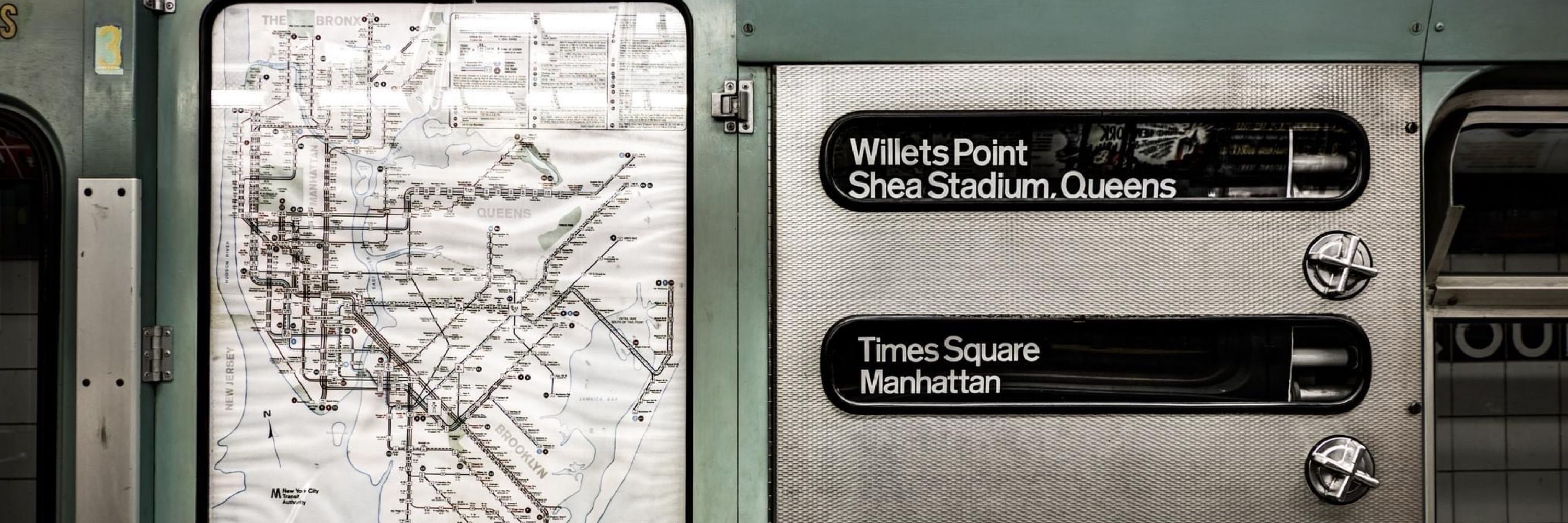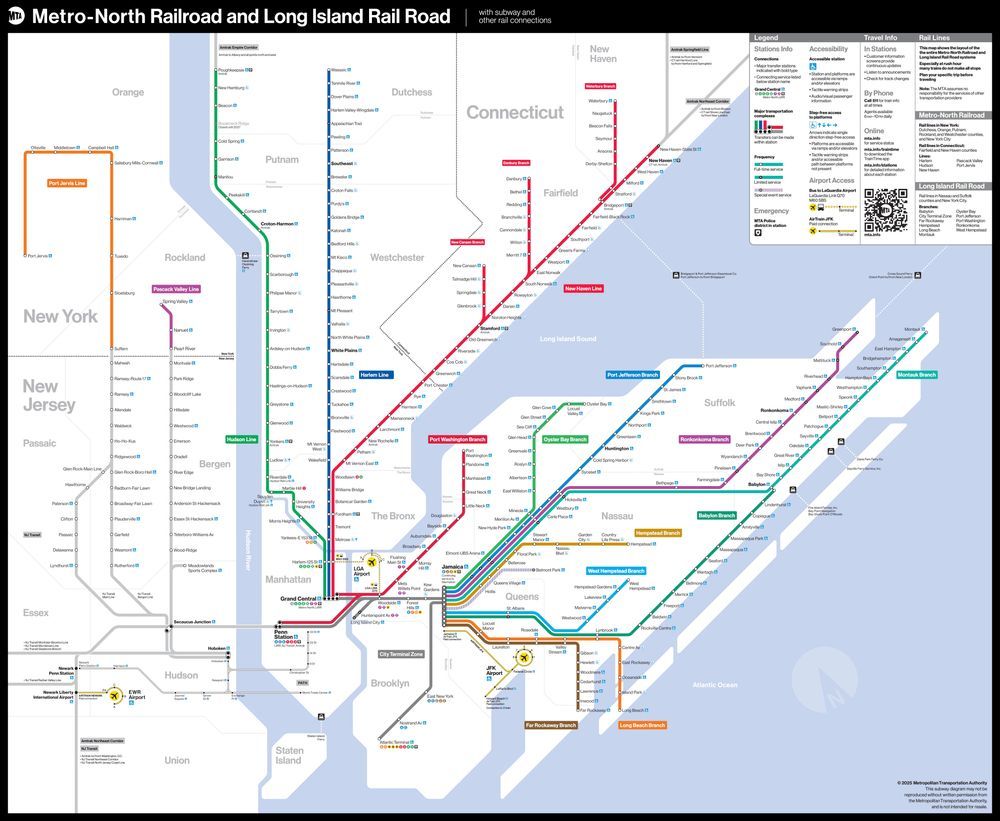New York Transit Museum
@nytransitmuseum.bsky.social
3.7K followers
210 following
810 posts
Telling the stories of New York’s public transportation and the people who make it possible.
nytransitmuseum.org
Posts
Media
Videos
Starter Packs
Pinned
































